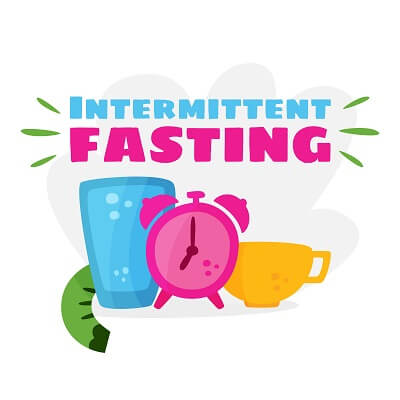Hypoglycemia is the condition where the body’s blood sugar levels are reduced to an abnormally low level. Blood glucose, also known as blood sugar, is your body’s primary source of fuel. The human body’s ability to function is entirely dependent on its ability to properly utilize blood glucose. Any person with a blood glucose level below 70 mg/dL is considered to be hypoglycemic and needs to seek treatment right away, especially if they are also a diabetic patient.
Symptoms
If hypoglycemia is allowed to continue unabated, it can result in some pretty unwanted symptoms, such as, loss of consciousness, seizures, visual disturbances, anxiety, hunger, heart palpitations, sweating, tremors, etc. Although these are all symptoms of hypoglycemia, they are not signs of hypoglycemia by themselves. The symptoms are actually fairly common to a whole host of conditions.
Causes
Hypoglycemia is especially concerning for diabetes patients. A person with diabetes already struggles to utilize insulin. This can cause glucose to build up in the bloodstream, which is known as hyperglycemia. People will then inject themselves with insulin to counter the buildup of glucose in the blood and lower the blood sugar levels. If a person fails to properly calculate the appropriate amount of insulin, and takes too much insulin in relation to the amount of glucose in their bloodstream, they will experience a massive drop in blood sugar levels, hypoglycemia.
Treatment
The basic idea behind treating hypoglycemia is to regulate the patient’s blood sugar level. A person going through a hypoglycemic episode needs to take immediate measures to raise their blood sugar levels (e.g. eat fruit, nuts, etc.). They also need to take long term steps to regulate their blood sugar levels over a longer period of time.








